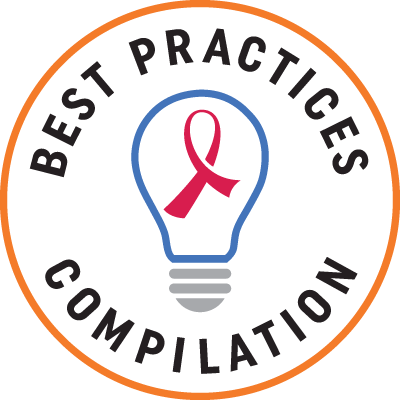Data Utilization
On
Data can be used to educate agency leaders and other decision-makers in order to lead efforts toward changes and enhancement of HIV care and public health approaches to ending the HIV epidemic and curing hepatitis C. Data utilization can be applied in the design of agency services, community planning, integration of data systems, and identification of cluster outbreaks.
Best Practices
- Center for Innovation and Engagement
- HRSA Bureau of Primary Health Care (BPHC), Centers for Disease Control and Prevention (CDC)
- Center for Innovation and Engagement
- Best Practices Compilation
- Best Practices Compilation
Technical Assistance
Help with the RSR, ADR, CDR, EHE, HIVQM, and AETC data systems. Project period: 2020-2025.
 Initiative documenting best practice strategies and interventions that have been shown to improve HIV outcomes in a "real world" setting and can be replicated by other programs. Project period: 2021-2024.
Initiative documenting best practice strategies and interventions that have been shown to improve HIV outcomes in a "real world" setting and can be replicated by other programs. Project period: 2021-2024.- Interactive data tool to visualize the reach, impact, and outcomes of the RWHAP. HRSA offers office hours and webinars to help use the tool.